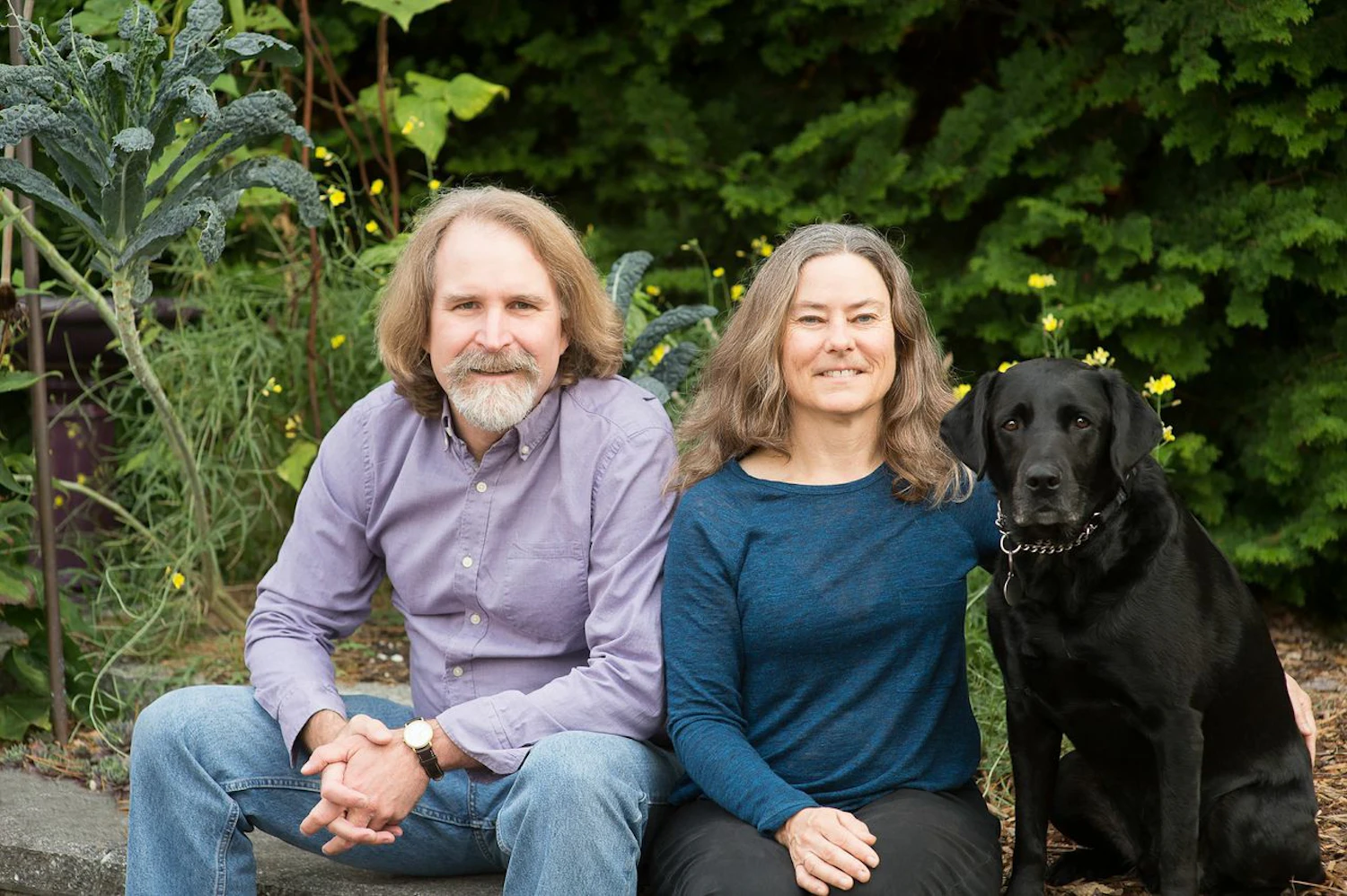01.15THU
David Montgomery's "Starting with Soil: Exploring the Symbiotic Potential of Microorganisms with Food & Clothing"

This special feature, "Cycles of Life: The Past & Future of Apparel," is presented by Yoshikazu Yamagata, designer of the fashion label writtenafterwards and organizer of the fashion learning space "coconogacco." This time, we welcome geologist David Montgomery.
Montgomery has previously published a trilogy centered on "soil"—"Dirt: The Erosion of Civilizations," "The Hidden Half of Nature: The Microbial Roots of Life and Health," and "Growing a Revolution: Bringing Our Soil Back to Life." We spoke to him about the future of human activities like clothing and food, and the symbiotic relationship with microorganisms, conceived from the perspective of "soil."
PROFILE

David Montgomery
Professor of Earth and Space Science at the University of Washington. Geologist. He conducts research into the evolution of Earth and the impact of geomorphological processes on ecosystems and human societies.
The thumbnail features his wife, Anne Biklé.
Soil & Guts—Coexistence with Soil
What Became Visible Through Everyday Interaction with Soil
Our home in North Seattle has a side yard. When we bought it, it was a classically American lawn-covered garden. After removing the lawn, we found not soil but dead dirt with no life at all. However, we wanted a richer and more diverse garden. My wife, Anne, a biologist and gardener, nourished it with compost and mulching, and over time, we brought life back to it. As a result, we now have a healthy and diverse garden.This article is for members only.
Please register to read the rest of the article.
What you can do with a membership
- Read members-only articles
and use text-to-speech. - Unlimited article favourites
and browsing history. - Attend members-only events.
- Get the latest information
with our email newsletter.
CONCEPT VIDEO
"fashion tech news" Unveils New Logo & Concept Video
TOP ARTICLES
RELATED ARTICLES
CONCEPT VIDEO
"fashion tech news" Unveils New Logo & Concept Video
CONTACT
If you have any questions or enquiries, please enter your details in the form below.








.jpg?w=400&fm=webp)









.png?w=400&fm=webp)


